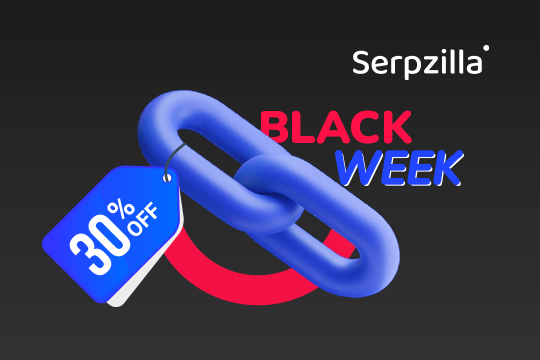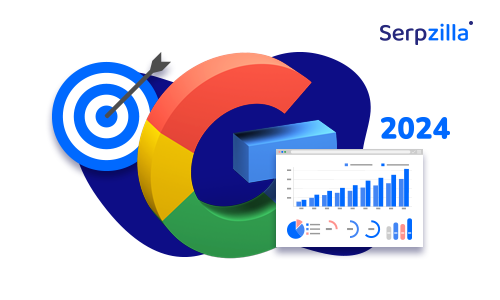In Part 1 of this article, we learned how to build contextual links with Serpzilla. In this part, we will learn “what” makes those links effective and how to squeeze out the full effectiveness from each link you build.
There are four key metrics that help you make a decision on whether to buy a link or not:
- Trust
- Topical or semantic relevance
- Nesting level
- Price
In order to show you the importance of these metrics, let us pick up where we left off in the first part. Here is the screenshot of how we used various filters to find contextual backlinks. I had done a search on fresh fruits and fresh foods for a hypothetical greengrocer’s website and found some great backlink opportunities – 165 to be precise!
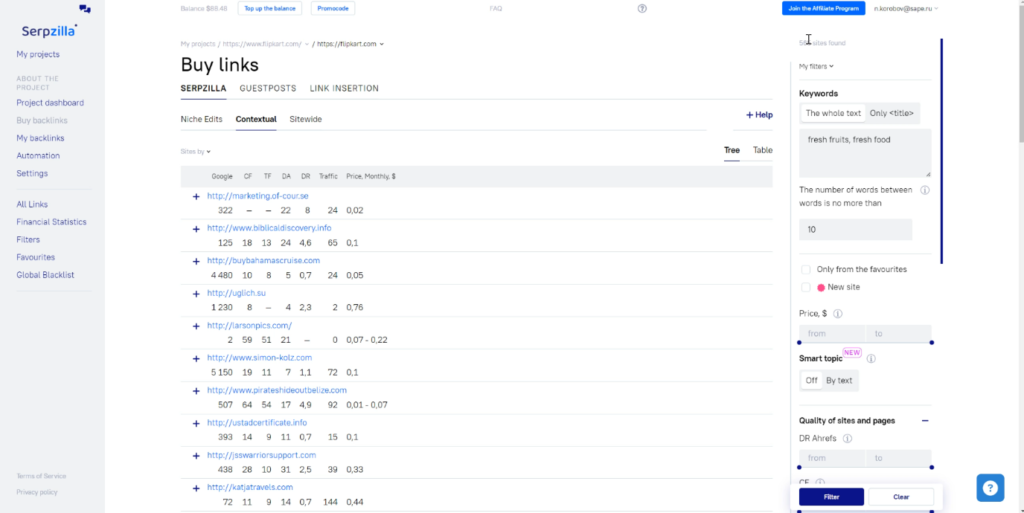
Let’s say I want to narrow this list down. I want to get links from good articles that might be general in nature (not strictly about food or fruits) and insert a link in such a way that it is useful for anyone looking to find a source of fresh fruits and vegetables (what I sell). This is the best way to combine content and links – the two pillars of SEO.
And our key metrics will help me do this. A clarification: whatever type of backlinks you build with Serpzilla – whether they are niche edits, guest posts, sitewide or link insertion – doesn’t matter much. These metrics are universal within our system. I am just taking contextual links as an example here.
So let’s see how these metrics matter and how you can use them to your advantage.
Trust
Trust is the most important metric for link building. Period.
And it’s pretty much self-explanatory – trust or authority metrics show how much Google trusts a website and a particular page of the website.
Unfortunately, Google doesn’t reveal much about authority metrics for fear that smart SEOs will be able to manipulate their algorithm. Fortunately, there are some tools that are doing their best to replicate how Google measures trust by breaking down how PageRank works.
The most popular site authority metrics are DR of Ahrefs and DA of Moz. These are measured on a logarithmic scale from 0 to 100, where 0 is absolute garbage or a very new site and 100 is impossible. Serpzilla pulls these metrics directly from Ahrefs and Moz for you.
Trust metrics answer the question of “why” you should get a backlink from a given page. You want a part of the “authority” or “link juice” from the source page to be transferred to your page. That is simplest way to build up Google’s trust in your website. The more trust you gain, the higher you rise in the rankings.

And of course higher rankings lead to more traffic, which give you more leads, which you can convert into more sales, which result in more profits.
Trust, my friends, is the stepping stone to profits.
You can choose DR or DA to measure the trust or authority of target websites. No need to use both, because both are measured in similar ways – if a site has good DA, chances are, it has a good DR too. Just pick one and stick to it.
In Part 1, we talked about why you shouldn’t buy only very high authority (say 80+ DA/DR) links to your website – you need to buy backlinks of varying authority so that your overall backlink profile looks organic and natural. You can aim for a range of 30 to 40 DA/DR – it’s where most good websites fall. 50 to 60% of all backlinks that I build are in this range.
What I want to do as a link builder is to make sure that the website is also getting reasonably good traffic.

Why? Not because I want part of the traffic to trickle down to my site, no. It’s because a lot of websites use underhand methods to increase their DA and DR. They grow incredibly high authority metrics for a short period of time by gaining links fast and using manipulative tactics. But invariably, within a few weeks, they crash and burn and are also devalued and demoted by Google.
So make sure you throw traffic into the mix of trust metrics. A good number of monthly visitors ensures that both Google and users deem that website as trustworthy. DA/DR and traffic are the top metrics that good SEOs filter for in Serpzilla.
Topical or Semantic Relevance
Now, you might be expecting me to wax eloquent on the importance of topical authority or semantic relevance for SEO.
Make no mistake – these are very significant metrics to measure the relevance of the links. But on an overall scale, they are not as important as trust. Trust and authority always take precedence over topical and semantic relevance while building links. If a website from which you’re looking to get a link has high authority, but is not very topically relevant, it is OK to go ahead and build the link.
Link building is a complex activity and it is OK to make compromises in this business.
For example, Serpzilla’s topic filters show you some great categories and subcategories of content topics.

You can press Reset to clear all selections and search for topics that are relevant to your niche but not exactly closely or semantically related. For example, our niche here is greengrocers (selling fruits and vegetables) but there aren’t many of these websites or semantically relevant articles about fruits and vegetables on the web. If you select only related topics, you won’t find more than 150-200 sites to get links from, which in the wider scheme of things, is very less for link building.
So we need to go broad here. Since our food is healthy and good for skin, I will also choose Fashion, Beauty, Medicine and Health as additional niches:

You can choose all related topics in this manner.
If you still don’t find enough websites for your niche, you can get rid of the topic filter altogether, or maybe go broader still and select 80% of the topics we list. Don’t forget that the first priority is trust, website authority and traffic. Topic relevance is the icing on the cake.
Nesting Level
The nesting level of a page is the number of clicks you need to get to it from the homepage. Serpzilla considers the homepage of a website as Nesting Level 1. That means the pages in your main menu or category pages would be Nesting Level 2. A sub-section or a blog post could be Nesting Level 3. Here’s what the filter on the right looks like:

Obviously, a link from the homepage would be the most expensive because it is usually the most trusted page of the website and receives the most traffic. If you want to squeeze as much link juice as possible from a website, you need to get a link from its homepage.
Remember, you want to focus on building a natural backlink profile. So, never get all your backlinks from homepages. That’s what nesting levels 2 and 3 are for. Ideally, you can go for 60-70% links from homepages and 30-40% from nesting levels 2 and 3.
Usually I don’t tick any checkboxes here unless I have too many or too few links from the homepage and want the ratio to look more normal. Further, I like to quickly visit every page and see for myself how good it is – you wouldn’t want to miss out on a good link just because it’s a click or two away. However, I don’t recommend getting links from pages that are more than 3 clicks away from the homepage.
Price
Lastly, let’s talk about the cost of these links. Since the price of a link is the most important factor, we’ve made it the simplest option to see and select.
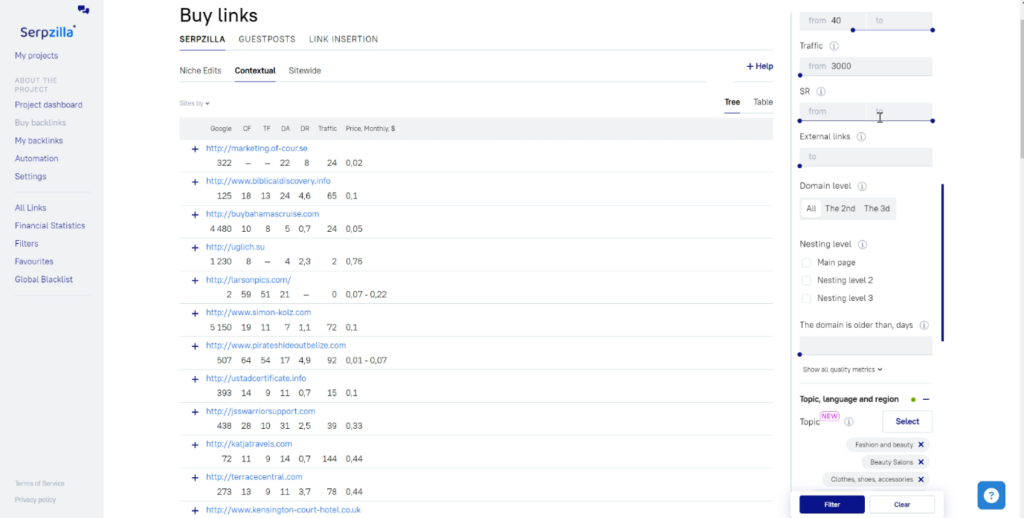
Serpzilla’s USP is that all our links are extremely affordable. You can see the prices in the screenshot above – they’re as low as $0.02! Two cents amounts to literally nothing.
Note that you can buy or rent links with Serpzilla, depending on the type of the link. Niche edits are rental. Guest posts, on the other hand, are available for a one-time payment, but they’re pretty affordable compared to market prices.
You might wonder – why are our prices so low and going even lower over time?
We’ve been in the business of links for 15 years and we’re now bigger than most of our competitors. Since we’re laser-focused on growing our database of sites and customers, we are able to negotiate better deals with publishers. Both publishers and link builders save a lot of time by working with Serpzilla because our system automates most of their tasks. They have to spend very little time and effort to earn money. Serpzilla is a true source of passive income for publishers and editors.
Despite this, if you really want to control your link building budget and set a price cap per link, you can do so from the filters:

For rental links, the price will never exceed $90 or thereabouts.
For guest posts, there are some really high-authority websites with monthly traffic numbering in the millions that charge hundreds of dollars per link. Setting an upper limit on the price makes sense in such cases.
Otherwise, I rarely touch the price filter. I’ll take a chance with what the system comes up with.
Over to You
As we emphasize in many of our blog posts, the best link building profile is one that incorporates all types of links with widely distributed metrics.
In the following screenshot, I’ve set filters for trust and traffic metrics, topical relevance, nesting levels and price, and yet Serpzilla came up with quite a few options. Most of the results are legitimate and relevant sites talking about healthy diet, vegetable growing, and so on. If this was a real link building project, I’d have gone for most, if not all, of these links.
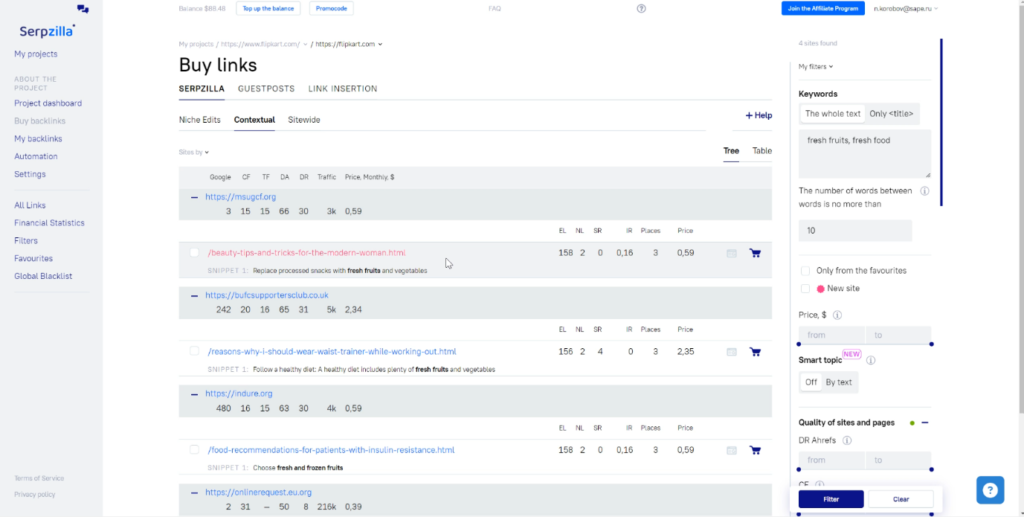
Again, my recommendation for you if you’re just starting with Serpzilla is to click on each one of the options to see if the page and the site are good enough for you.
If you want more links, you can set wider thresholds in the filters.
If you want less, you can narrow them down. But honestly, why would you?



